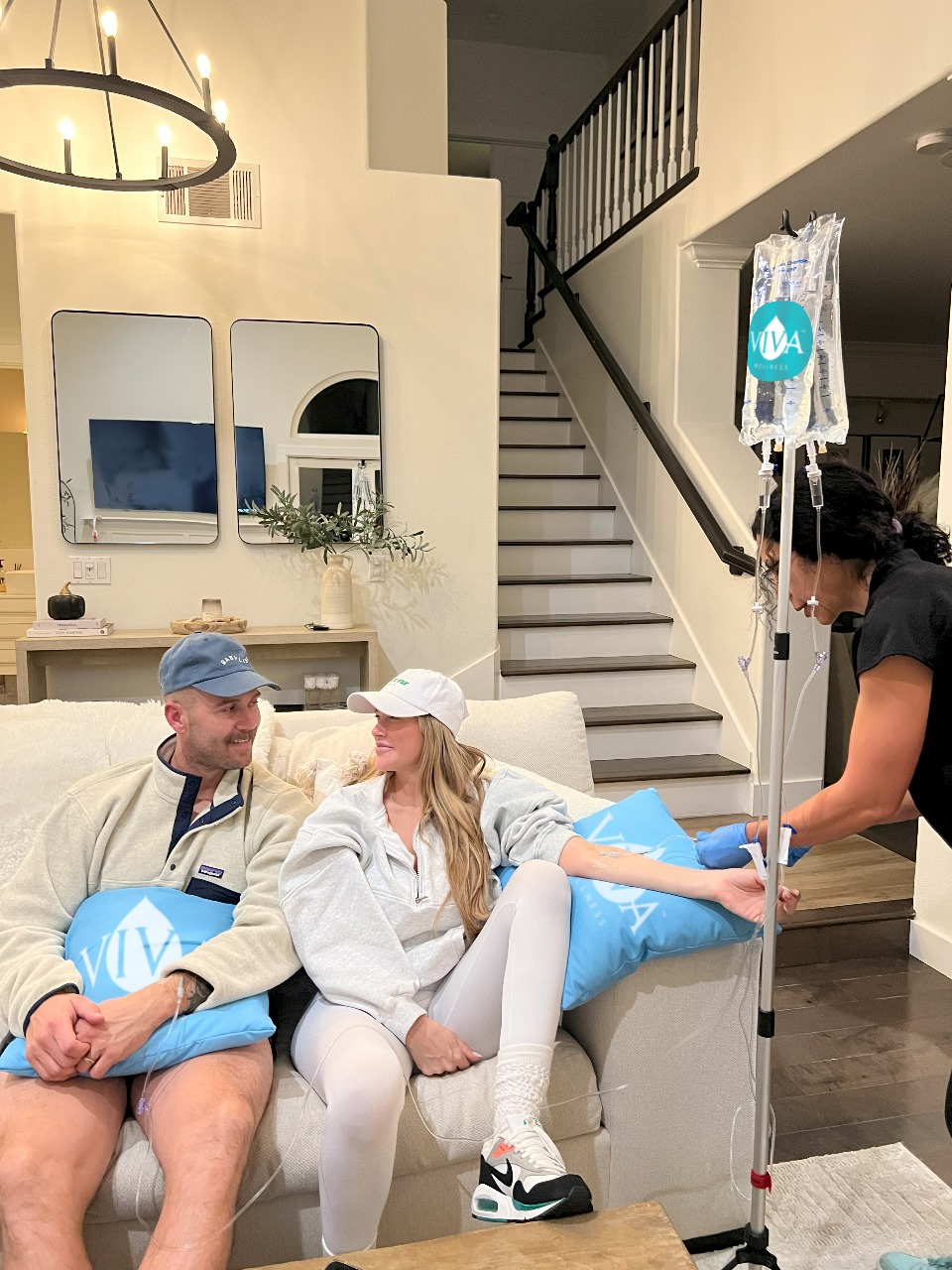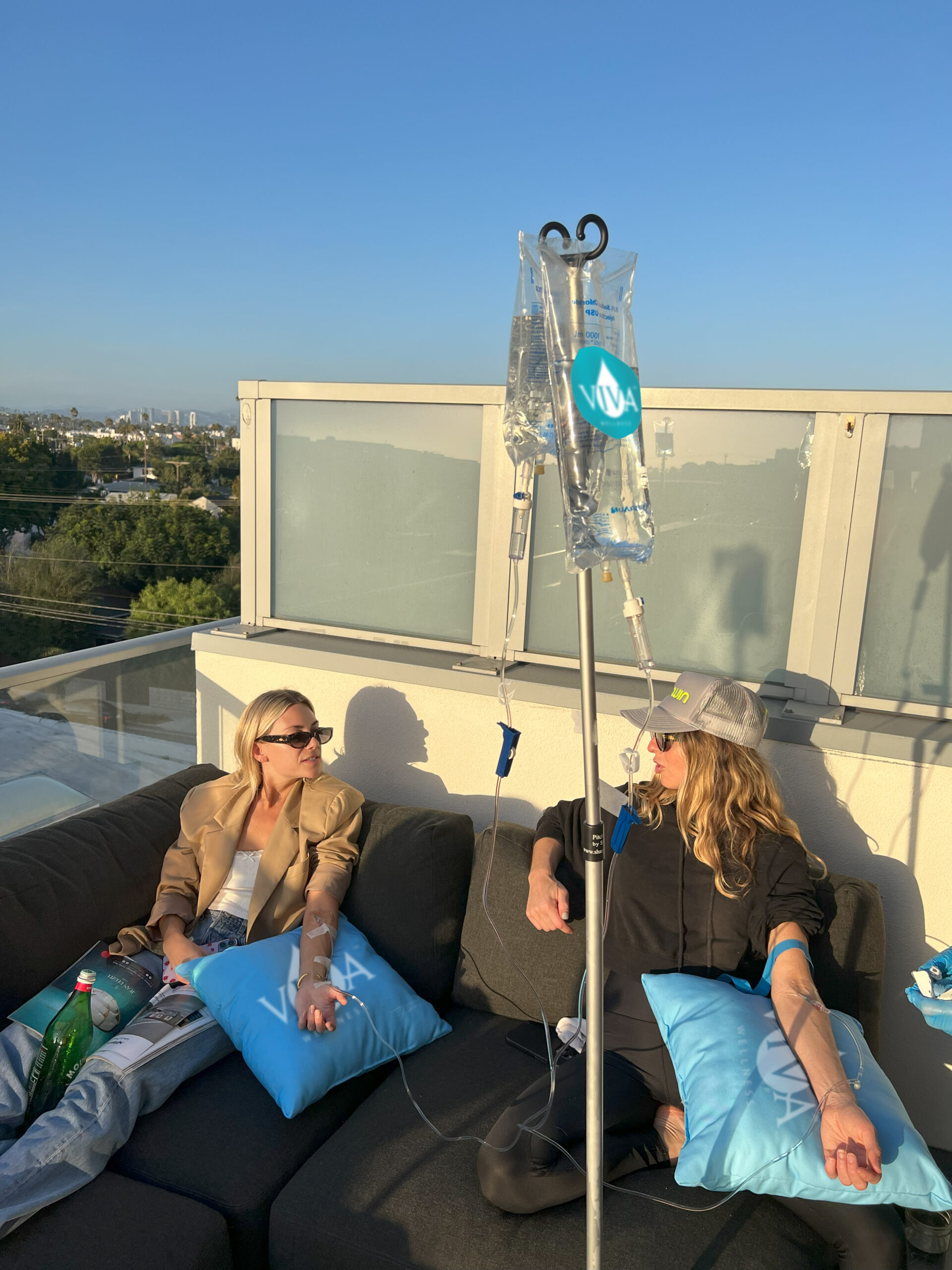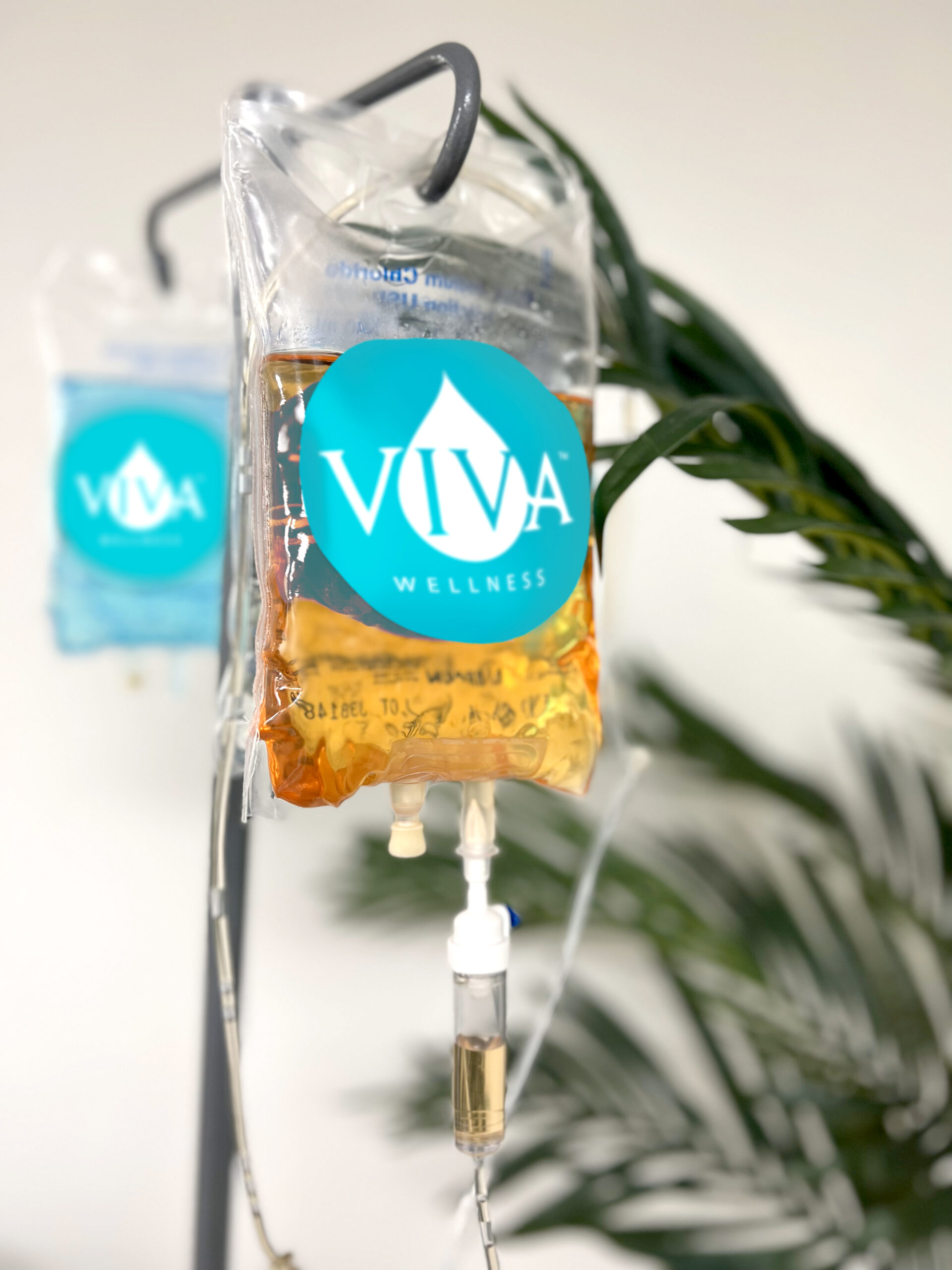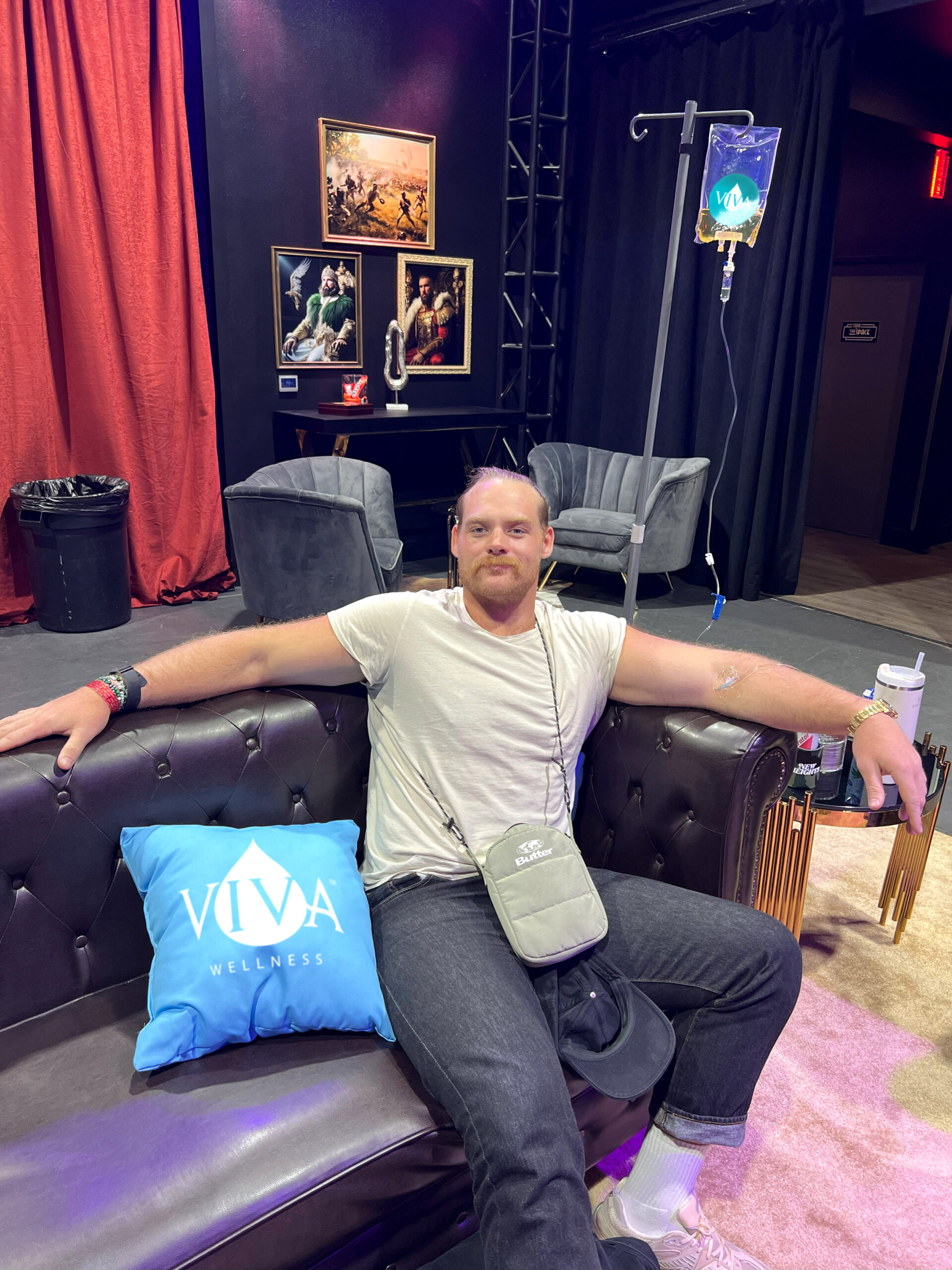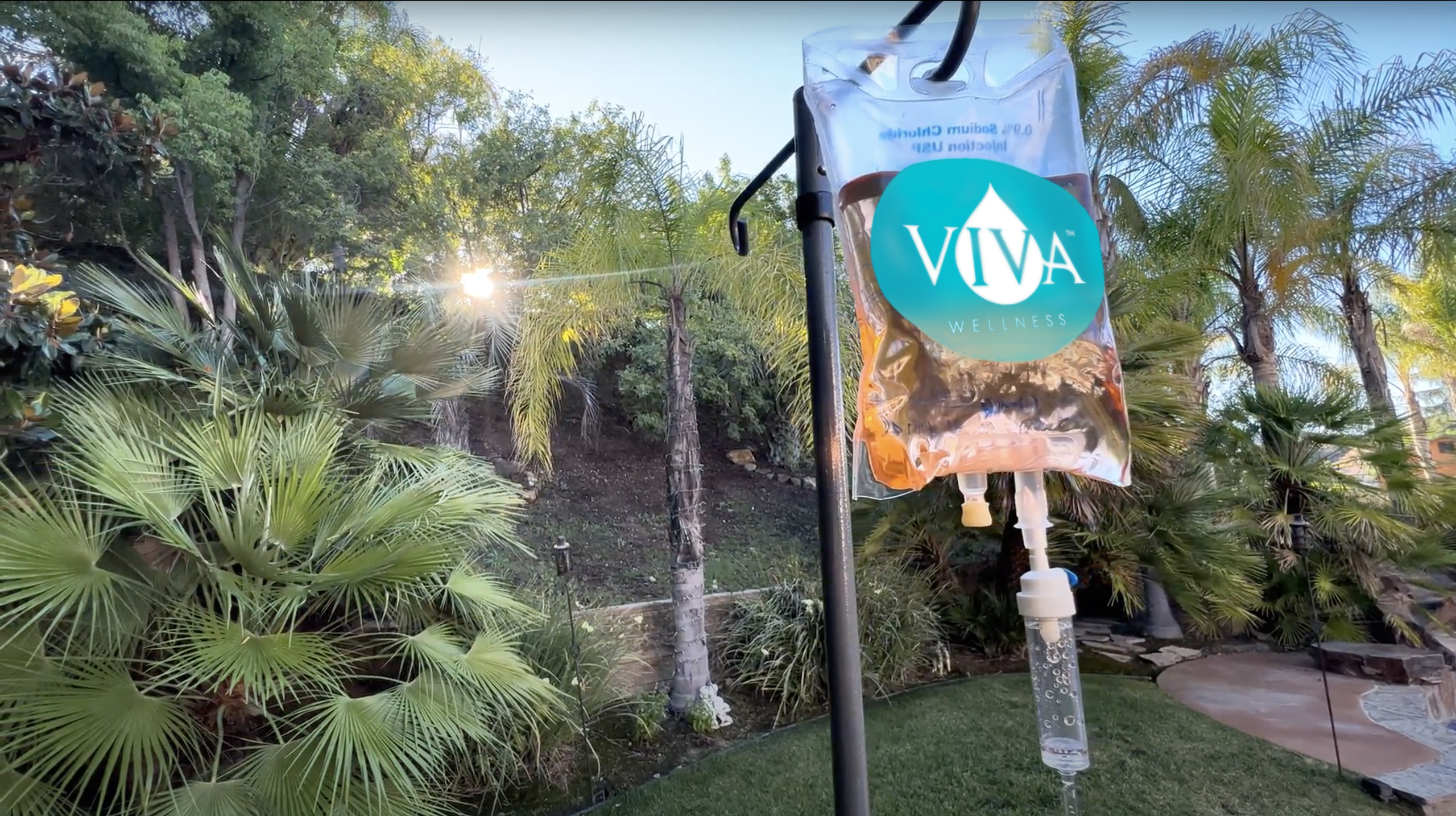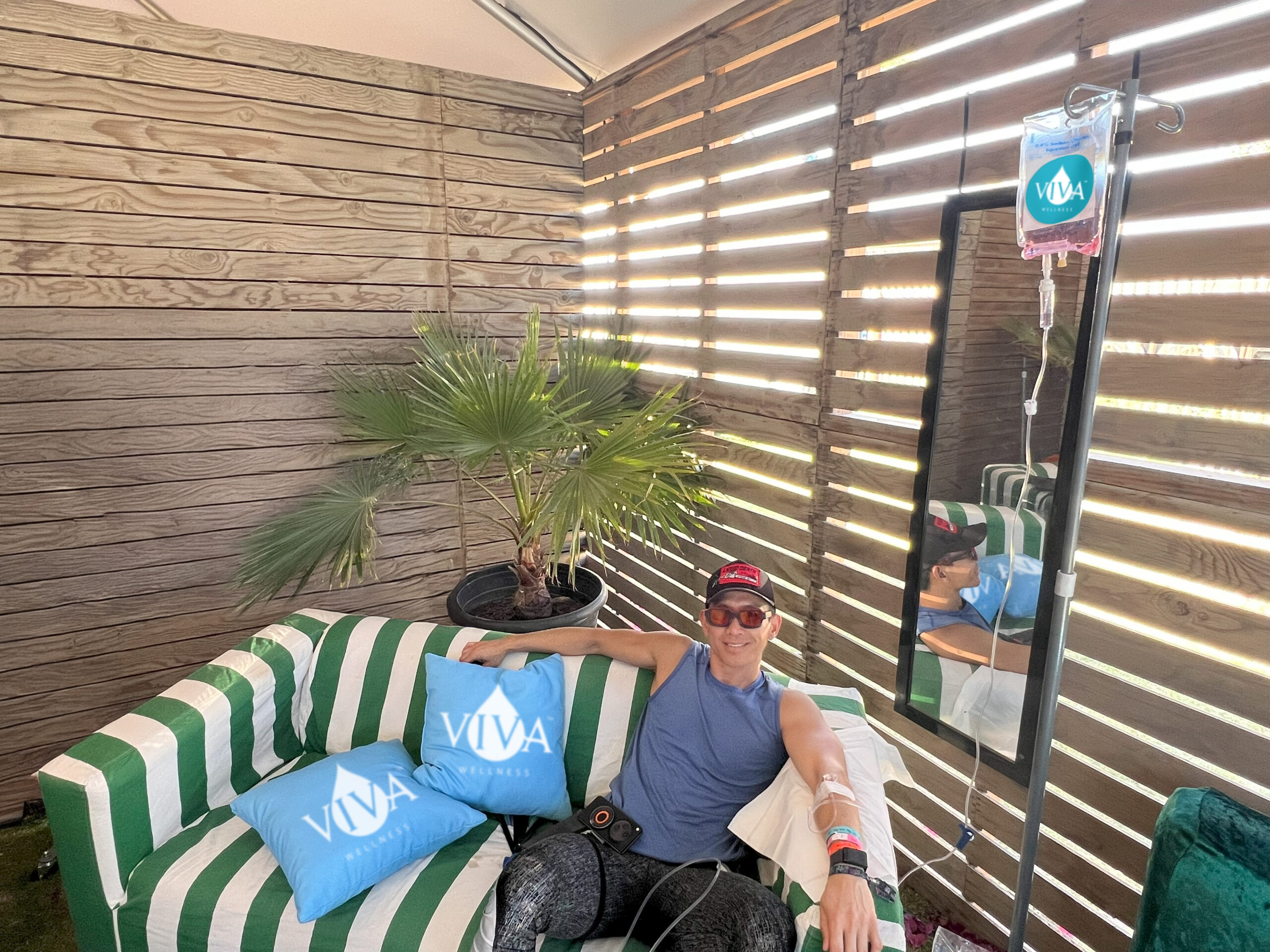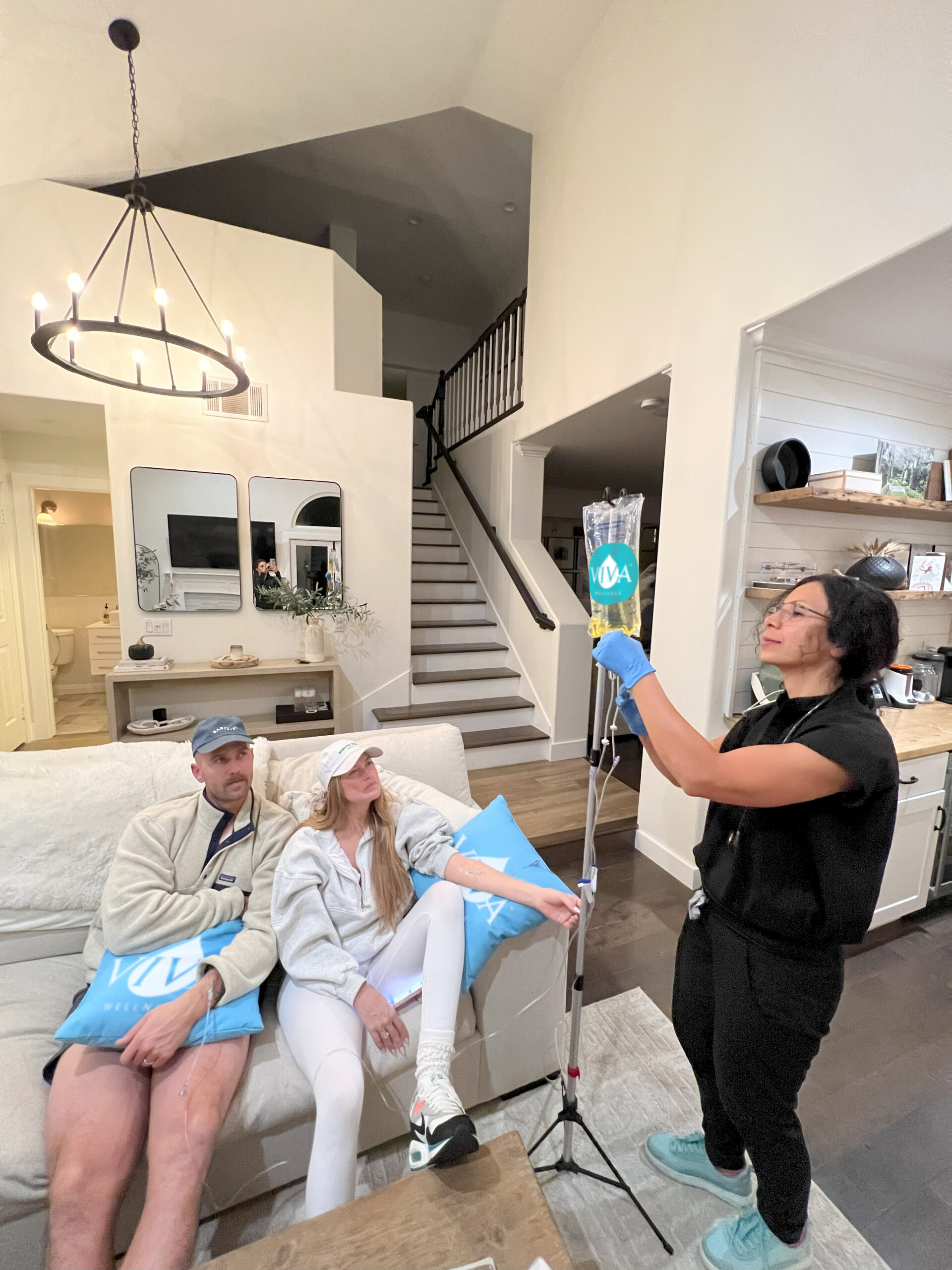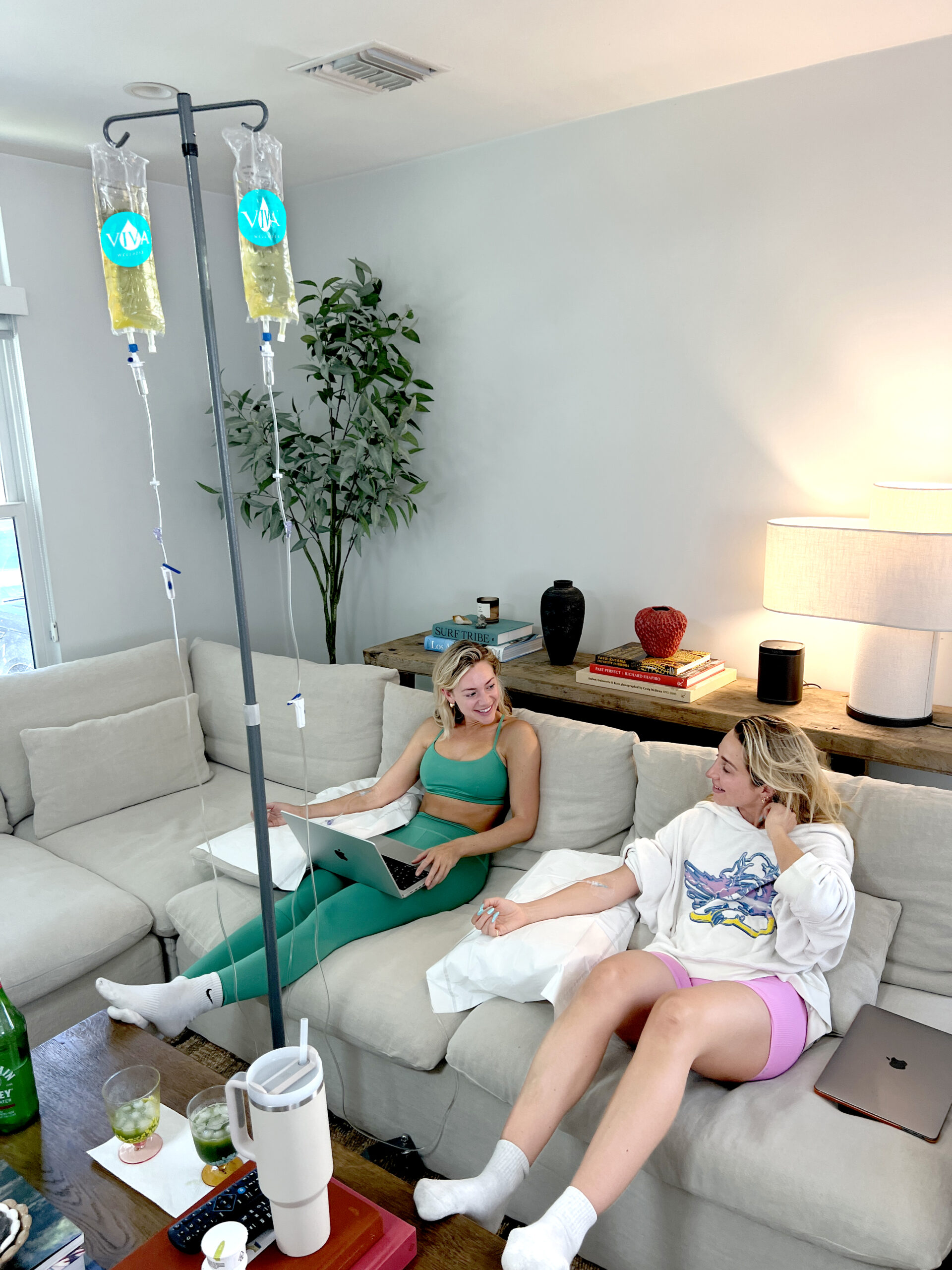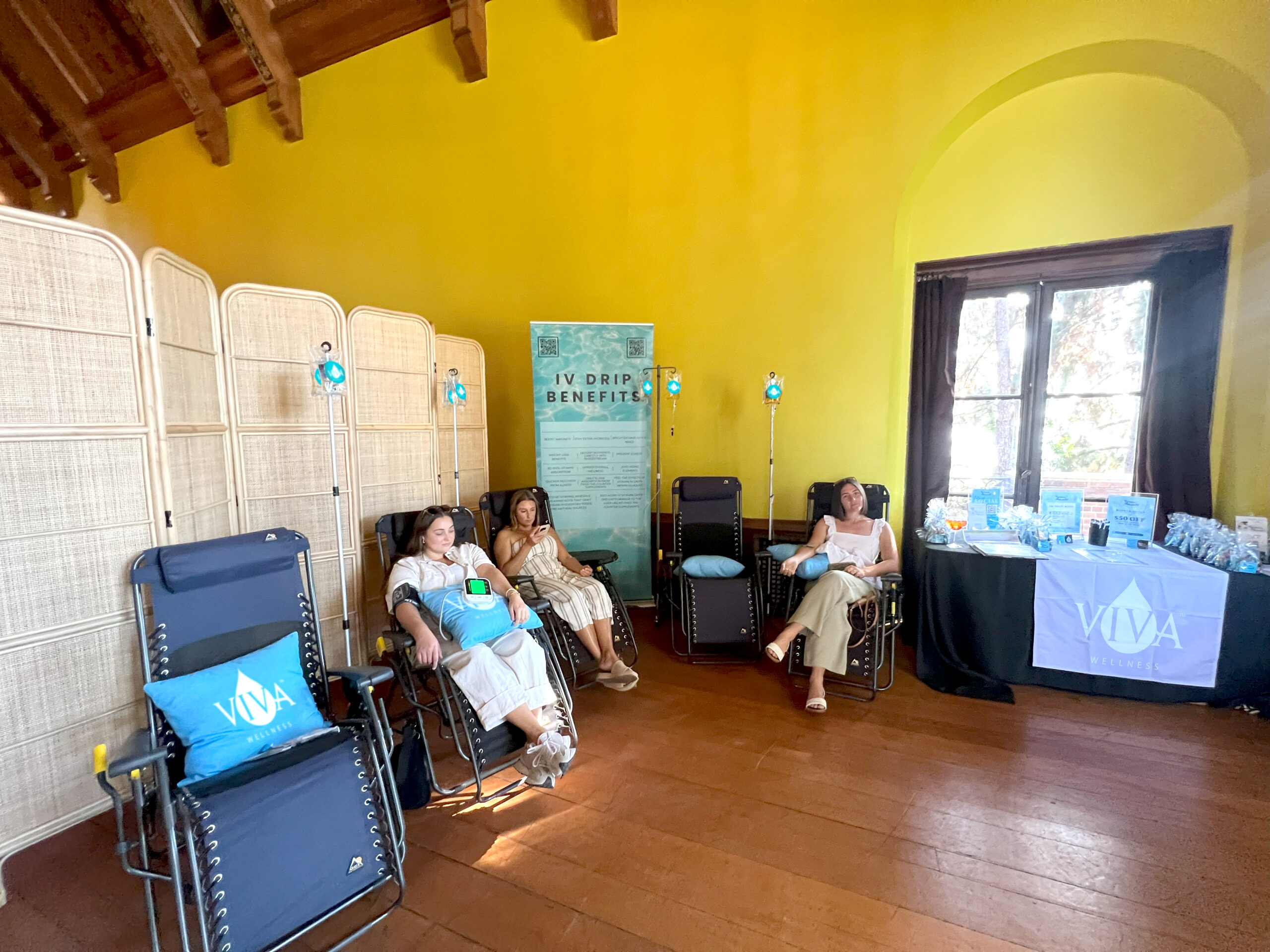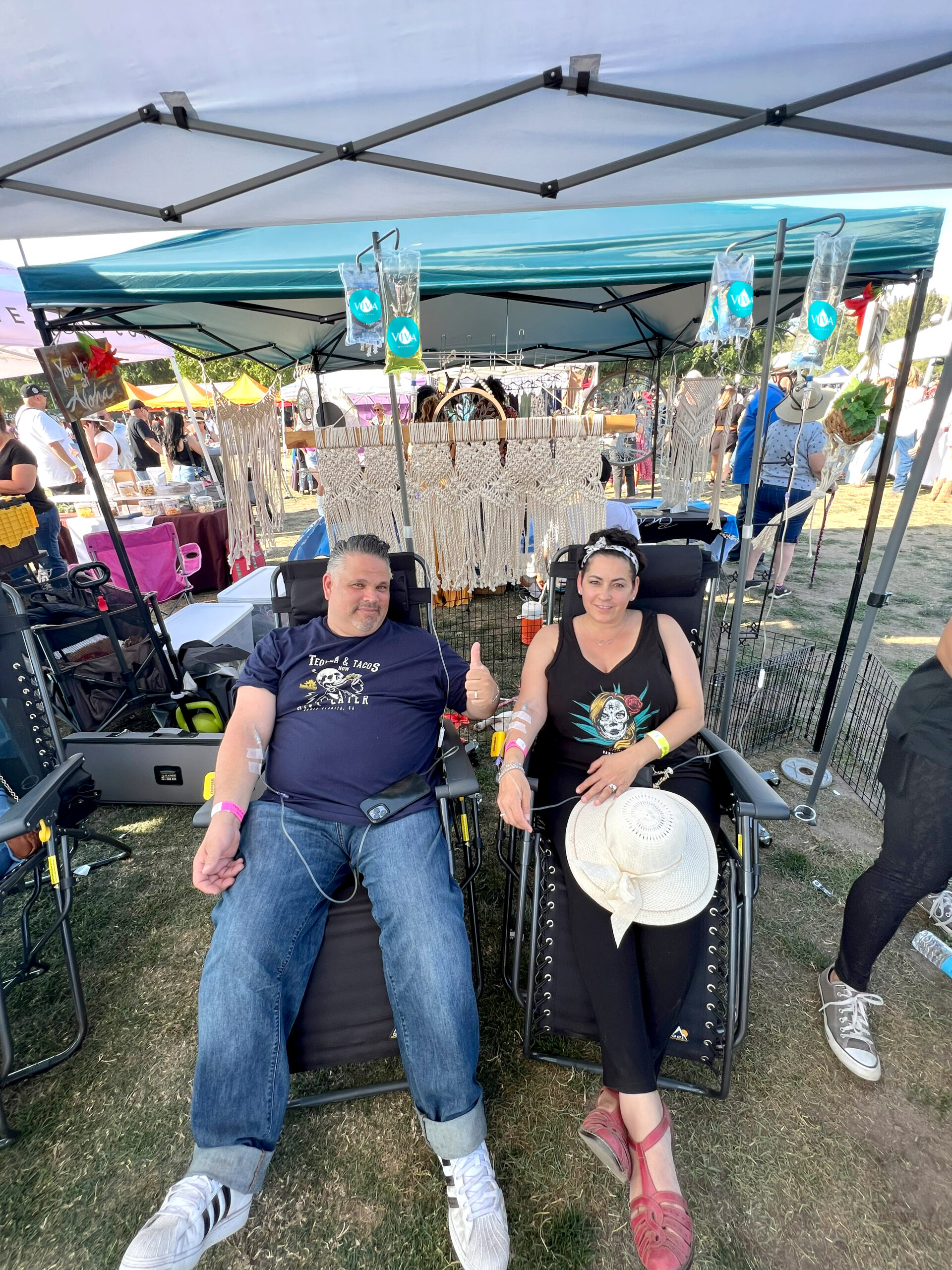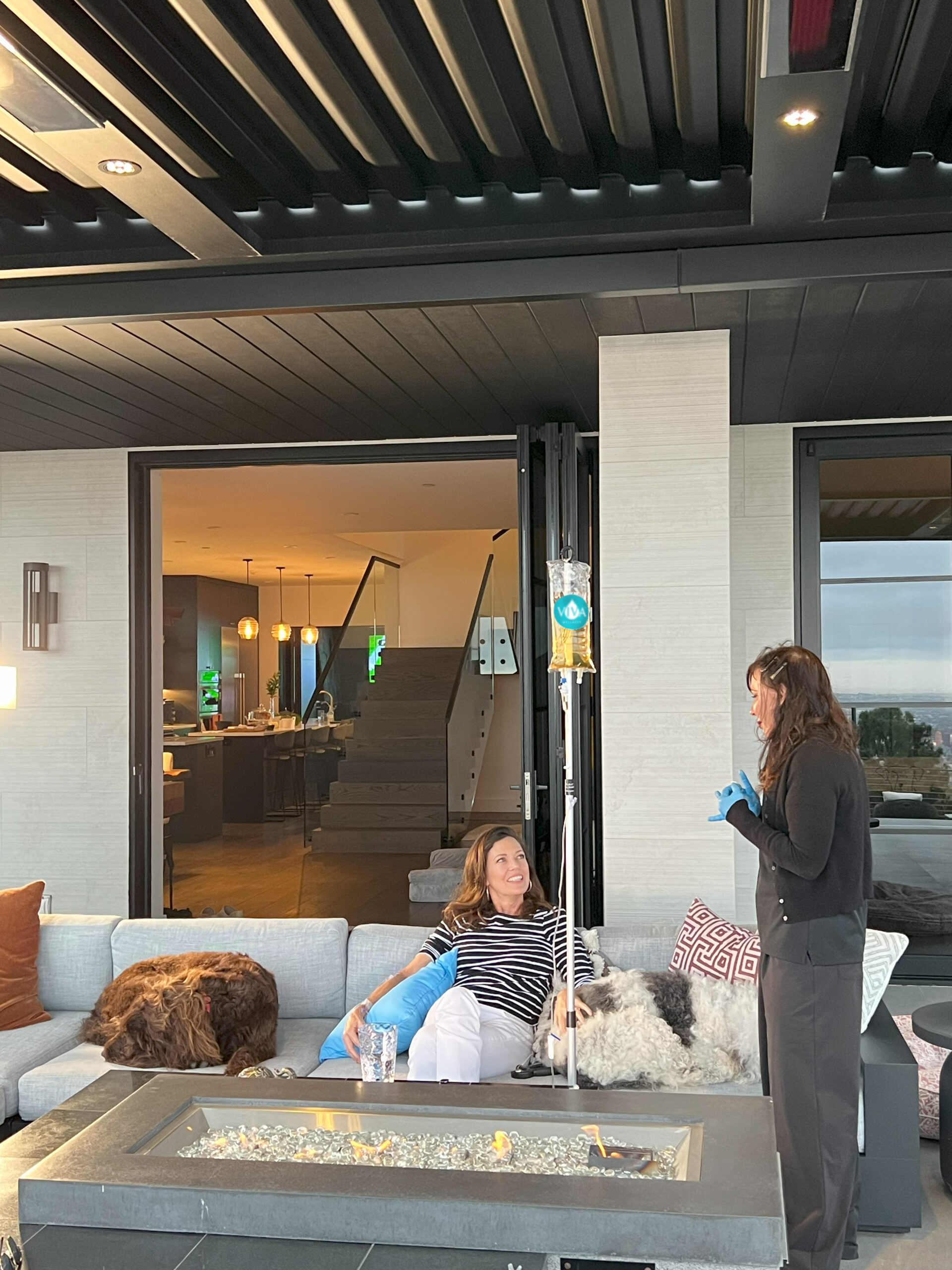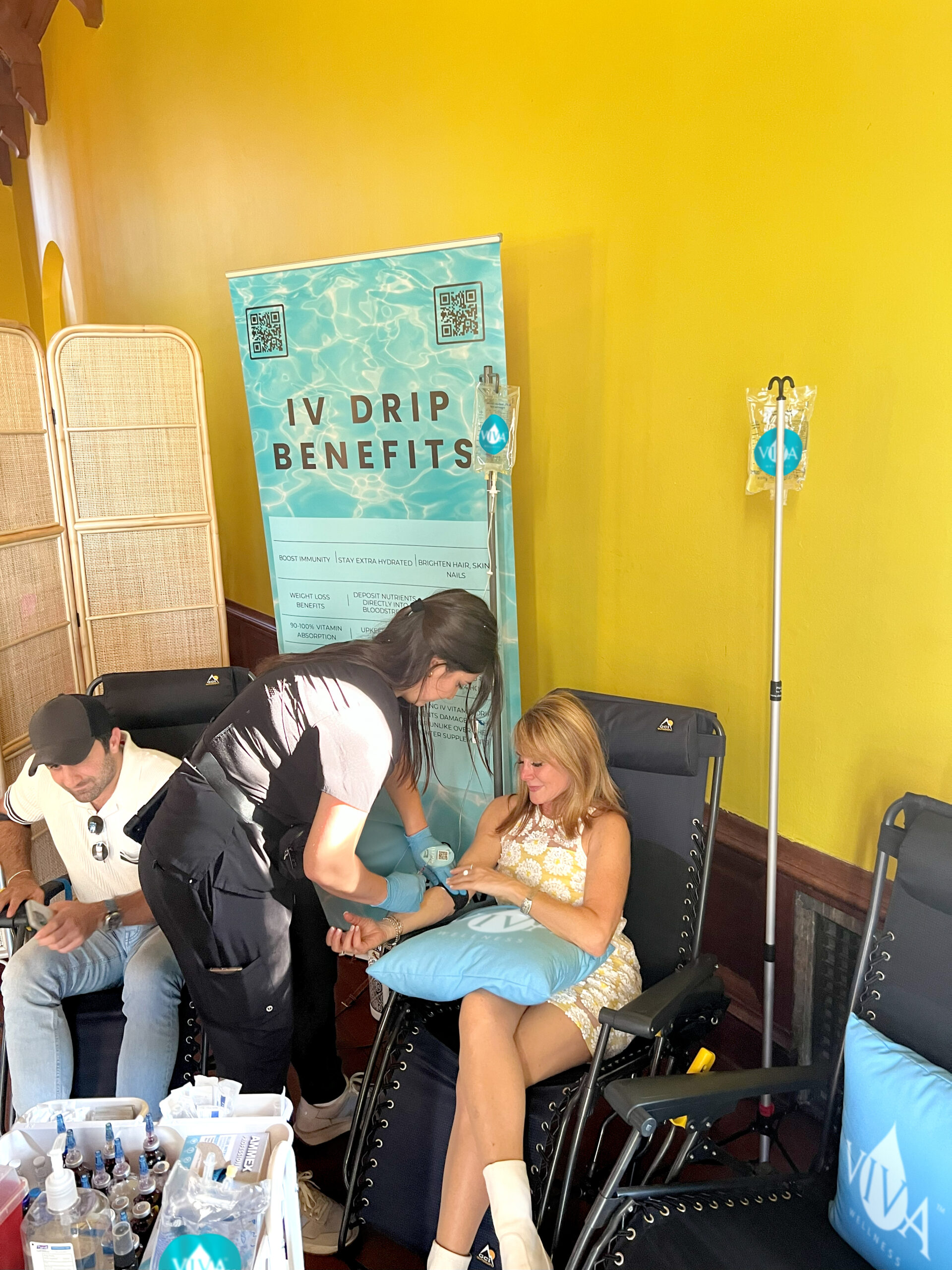Planning a Wellness Event can feel overwhelming, but it’s worth the effort. Studies show that workplace wellness initiatives boost employee productivity and morale. This guide will break down tips to make your event a hit while promoting health in your workplace.
Key Takeaways
- Define clear goals like stress reduction or team building. Break these into smaller steps, such as guided meditation or group yoga.
- Choose accessible venues and time slots, like 10:00 AM on a Tuesday, to boost attendance. Include spaces for activities like HIIT classes or art therapy sessions.
- Offer diverse wellness options such as IV hydration therapy on-site, interactive nutrition talks, mindfulness workshops, and healthy cooking challenges.
- Use feedback tools like surveys to measure success against objectives. Ask about satisfaction with programs like “Spring Into Motion Wellness Challenge.”
- Evaluate outcomes by tracking attendance and activity engagement levels while comparing results to initial goals, such as reduced stress reports among employees.
Create a Workplace Wellness Event That Inspires and Engages

Planning the Wellness Event
Pick a date that fits your company’s schedule. Find a space where employees can feel relaxed and focused on wellness.
Set clear goals and objectives
Define specific, measurable outcomes for the wellness event. Aim to boost employee engagement or reduce stress through creative arts therapy, music therapy, or fitness boot camps. For instance, include progressive muscle relaxation sessions to target physical health improvement.
Use these objectives as a map to structure activities and measure success later.
Break larger goals into smaller steps. If increasing team spirit is a priority, incorporate guided meditation or interactive nutritionist-led discussions on balanced diets. “Clarity builds progress,” says workplace expert Jane Doe—a mantra that could revolutionize your corporate wellness program planning process.
Choose a suitable date and venue
Setting goals lays the foundation. Align those with a date and venue that connect well with employee schedules. Opt for an early morning or mid-afternoon slot, like 10:00 AM PDT on a Tuesday.
These times increase participation, avoiding rush hours or late evenings when energy dips.
Pick venues offering space for physical fitness activities, such as team workouts or dance therapy sessions. Fitness clubs or health clubs suit indoor events while green spaces work for outdoor biking and self-regulation exercises.
Aim for accessible locations to boost attendance and engagement without hassle.
Engaging Employees Effectively
Engage staff with activities that spark curiosity and foster teamwork. Keep things fresh and energizing to maintain interest throughout the event.
Offer diverse wellness activities
Offering diverse wellness activities can boost employee engagement and promote well-being. Variety keeps everyone interested and ensures different needs are met.
- Host fitness classes like HIIT or strength and conditioning for physical activity enthusiasts. Provide alternate low-impact options for beginners or older employees to make it inclusive.
- Encourage mindfulness with guided imagery sessions, journaling workshops, or meditation breaks. These support stress relief and mental health improvement effectively.
- Partner with nutritionists or dietitians to lead healthy eating and weight management discussions during lunch hours. Include free samples of health foods for employees to try on-site.
- Collaborate with an ergonomics expert to assess workstations and promote healthier seating habits for sedentary workers. Offer tips on posture correction or desk setup adjustments.
- Introduce art therapy sessions for relaxation techniques that spark creativity while easing feelings of stress among participants in a cathartic way.
- Provide IV hydration therapy as a modern wellness perk during events like the “Wellness Reimagined” program on March 22 at Brentwood Arts Exchange.
- Incorporate interactive education on coping strategies, resilience-building, and stress management through games or simulations rather than just lectures.
- Arrange high-intensity interval training (HIIT) workouts during breaks for those looking to stay active at the workplace without long commitments.
- Organize team building exercises with a health twist, such as group yoga or cooking challenges focused on preparing balanced meals together.
- Create spaces where employees can discuss mental health openly while learning about effective tools like creative writing or fundraising activities tied to corporate social responsibility goals.
Each of these ideas can bring value to your wellness event by addressing varied interests while encouraging healthier lifestyle choices across your organization.
Incorporate interactive sessions
Interactive sessions transform a wellness event from standard to memorable. They boost engagement, encourage teamwork, and leave employees with actionable takeaways.
- Host group yoga classes like the one on March 19 at Innovation Studio. This promotes physical fitness while reducing stress.
- Organize meditation and breathwork workshops similar to Wellness Wednesdays on March 12. These help employees improve focus and combat procrastination.
- Set up stress management challenges with small incentives, such as gift cards or extra break time, for winners. Fun rewards drive participation.
- Conduct quick sleep hygiene lessons through short talks or Q&A panels led by health experts. Employees can get practical tips for better rest.
- Include team-based physical activities like light circuit training or dance sessions to energize everyone while fostering connections.
- Integrate interactive games focused on healthy lifestyles, such as quizzes about nutrition or exercise habits, to spark conversations and learning.
Measuring the Event’s Success
Collect honest input from workers to spot what worked and what didn’t. Compare the outcomes with your initial goals to see if the event hit the mark.
Collect feedback from participants
Encourage participants to share thoughts about the event right away. Use quick surveys or online forms during or shortly after sessions for honest responses. Short questions work best, like rating stress management activities or health and fitness programs on a 1-10 scale.
Include open-ended sections for suggestions to improve future events.
For example, ask how diverse wellness activities felt or if interactive sessions boosted engagement. Highlighting specific programs like the “Spring Into Motion Wellness Challenge” can help managers assess participation levels and interest.
This active approach keeps feedback relevant while helping employers fine-tune future corporate wellness programs aimed at boosting workplace productivity and employee health benefits.
Evaluate outcomes against objectives
Evaluating the outcomes of your wellness event is as crucial as planning it. This step ensures your efforts align with your goals. Use specific metrics to assess the event’s impact and identify areas for improvement.
Here’s a clear way to evaluate outcomes:
| Steps | Action | Examples |
| 1. Collect Participant Feedback | Distribute post-event surveys to attendees. | Ask about their satisfaction, favorite activities, and suggestions. |
| 2. Measure Attendance | Track the number of employees who participated. | Compare attendance data to initial RSVP lists. |
| 3. Assess Activity Engagement | Observe how employees interacted with sessions or workshops. | Check if fitness programs like Capital Bikeshare memberships received interest. |
| 4. Analyze Health Initiatives Usage | Monitor the uptake of any wellness benefits offered. | For instance, count the new enrollments in Gold’s Gym or Kaiser Permanente. |
| 5. Compare with Initial Goals | Evaluate if the event met your objectives. | If the target was stress reduction, did employees report feeling less stressed? |
This structured approach simplifies the process and highlights success. Use the feedback and data gathered to fine-tune your next event.
Conclusion
Hosting a wellness event isn’t rocket science, but it does take effort. Focus on clear goals and meaningful activities to inspire employees. A little planning can create big changes in workplace culture.
Promote well-being with fun, engaging events that leave lasting impressions. Your team’s health is worth every step you take!
FAQs
1. What is an employee wellness event?
An employee wellness event is a gathering focused on health and wellness activities to support workers’ physical and mental well-being. It can include stress management workshops, fitness sessions, or nutrition talks.
2. How do you plan a successful corporate wellness program?
Start with clear goals for your program. Include activities that boost engagement and address employees’ needs, like stress management techniques or group exercises. Good planning keeps the event organized and impactful.
3. Why are health and wellness activities important for employees?
Health-focused activities help reduce workplace stress, improve morale, and promote better overall productivity. They also show employees that their well-being matters.
4. How can employers increase engagement during a corporate wellness event?
Use interactive strategies like team challenges or hands-on demonstrations of healthy habits. Tailor the event to what employees enjoy while incorporating effective engagement methods like open discussions or fun competitions.
